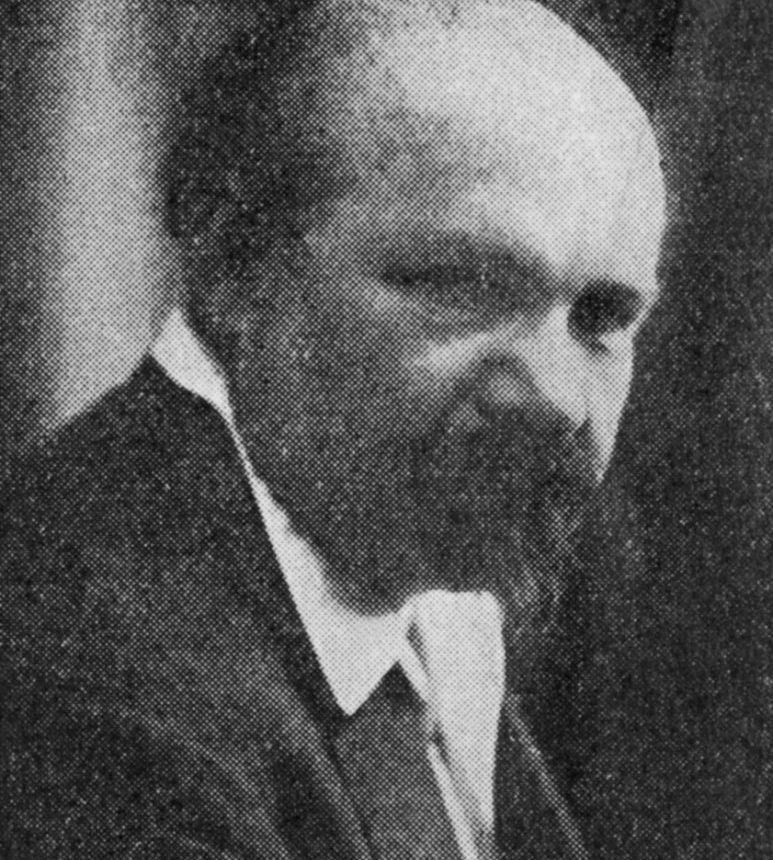Jacques LIPCHITZ
January 5, 2019Morice LIPSI
January 5, 2019Samuel LIPSCHITZ (born Salomon Lipszyc)
PABIANITZ (POLAND) 1880 – DEPORTED TO AUSCHWITZ 1943
Samuel Lipschitz received a traditional education and grew up in Lodz. He produced tapestries and took an interest in sculpture from a very young age. He developed his talent by carving wood. He left Lodz for Berlin, and later moved to Paris. He lived at 2 passage Dantzig, at La Ruche, and worked as a sculptor. He worked in marble and ivory. His younger brother Morice joined him in his studio in 1912. Samuel Lipschitz taught him sculpture. In February 1943, Samuel Lipschitz was summoned by the French police. He went to the police station despite the warnings of his friends Chochon and Léoni, his neighbors at La Ruche. He was arrested. His friends did not have time to bring him blankets and his suitcase before he was deported to Auschwitz. He was murdered by the Nazis. (Quotation translated by Brad Scott).
Stories of Jewish Artists of the School of Paris 1905-1939
FRENCH-ENGLISH
Capitale des arts, le Paris des années 1905-1939 attire les artistes du monde entier. De cette période de foisonnement, un terme est resté, celui d'Ecole de Paris, qui recouvre une grande diversité d'expression artistique. Dans ce brassage dont Montparnasse est le creuset, un groupe se distingue : celui des artistes juifs venus de Russie, de Pologne et d'Europe centrale. Si leurs styles sont variés, un destin commun les rassemble : ils fuient l'antisémitisme de leur pays d'origine. Certains ont connu la célébrité dès les années 1920, tels Soutine, Lipchitz ou Chagall. D'autres n'ont pas eu le temps ou la chance d'y accéder. Près de la moitié a péri dans les camps de concentration nazis.
From 1905 to 1939, Paris attracted artists from all over the globe as the capital of the art world. This period of artistic proliferation became known as the School of Paris, and includes a great diversity of artistic expression. Within the teeming art world centred on Montparnasse, one group set itself apart: Jewish artists from Russia, Poland, and Central Europe. Although their styles were diverse, they shared the common fate of fleeing anti-Semitic persecutions in their home countries. Some became famous in the 1920s, such as Soutine, Lipchitz, and Chagall, while others did not have the time or the luck to gain renown. Nearly half of these artists died in Nazi concentration camps.





